Osteoarthritis (OA) is a prevalent chronic condition that causes significant disability in the United States. With the number of affected individuals projected to rise in the coming years, it is crucial to understand the factors that contribute to disability and develop interventions to mitigate its impact. Isometric muscle weakness in the quadriceps has been identified as a key determinant of disability in individuals with knee OA. Let’s explore the association between poor isometric muscle strength and the increased risk of disability from OA.
Isometric muscle weakness in the quadriceps is a common clinical sign observed in patients with knee OA and is closely linked to functional limitations. Adequate isometric quadriceps strength is necessary for performing daily activities, and strengthening exercises have shown promising results in improving physical function in individuals with OA. Furthermore, recent research suggests that poor isometric quadriceps strength may even contribute to the development of symptomatic knee OA. Identifying and addressing quadriceps weakness early in the disease process can be crucial for minimizing symptoms and preventing disability.
A study by Palmieri-Smith et al. investigated isometric quadriceps strength in women with early radiographic and cartilaginous evidence of OA. The findings revealed that these women had lower isometric muscle strength, highlighting the importance of addressing isometric strength deficits in the early stages of the disease. By introducing interventions aimed at improving quadriceps isometric muscle strength, it may be possible to alleviate existing symptoms and potentially prevent the onset of symptoms in individuals without complaints.
Isometric Quadriceps Strength in Women with Mild, Moderate, and Severe Knee Osteoarthritis
Isophit strength training is a great option for reducing the risk of disability and pain associated with osteoarthritis. By targeting the quadriceps muscles and focusing on isometric contractions, Isophit can effectively strengthen the muscles supporting the knee joint. Increased isometric muscle strength can provide enhanced stability and support to the joint, reducing stress on the affected area and potentially slowing down the progression of OA.
To wrap things up. Poor isometric muscle strength has been associated with an increased risk of disability from osteoarthritis. Women with early radiographic and cartilaginous evidence of OA often exhibit quadriceps weakness, emphasizing the need for interventions aimed at improving muscle strength. By incorporating specialized programs such as Isophit, individuals can increase their isometric muscle strength, potentially reducing the risk of disability and pain associated with osteoarthritis.
If you have any questions regarding the article or would like to learn more about Isophit and its benefits for improving functional health and performance, please feel free to email me at brad@isophit.com.
Yours in Isometric Strength,
Brad Thorpe
CEO / Inventor
Isophit




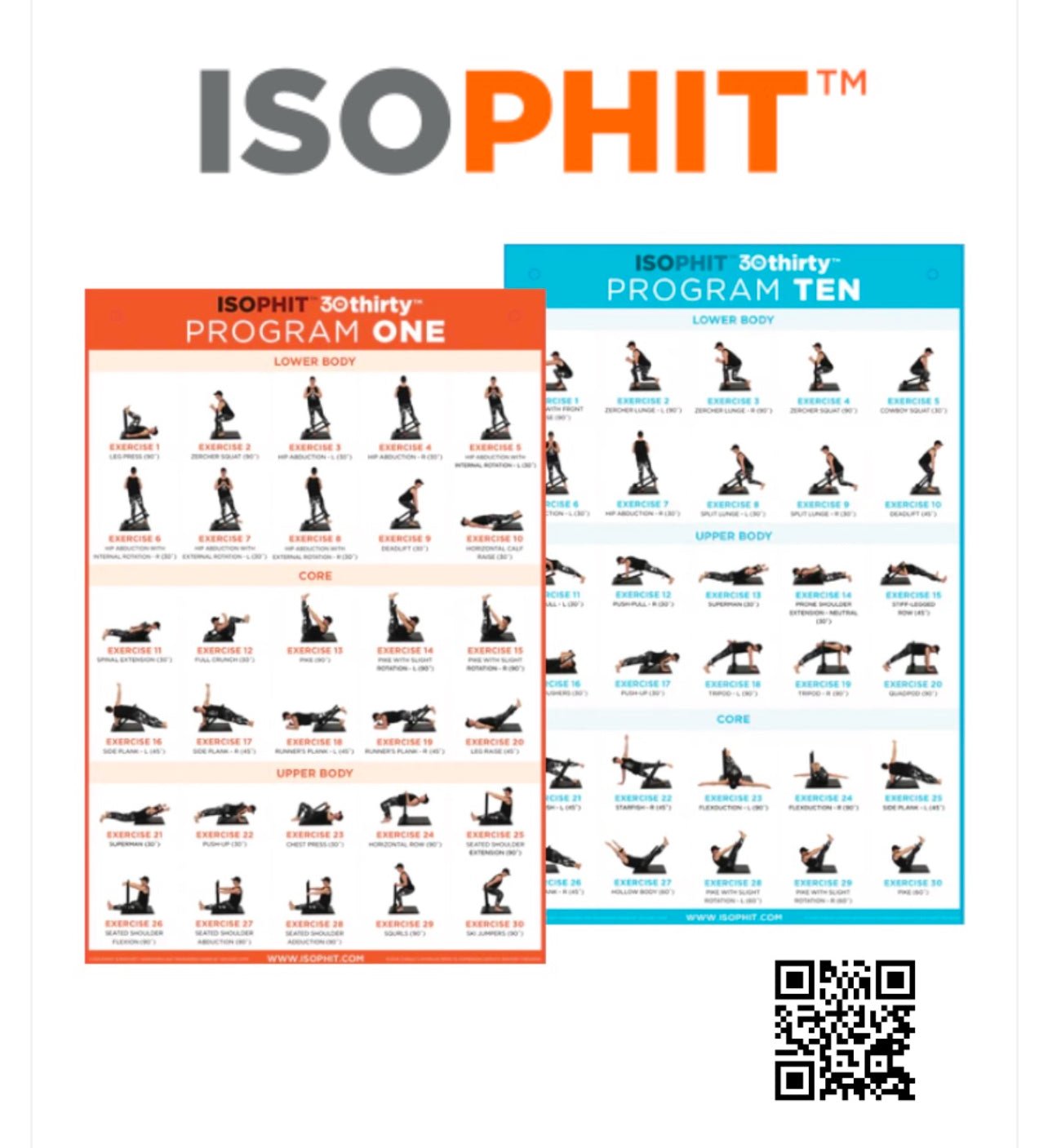
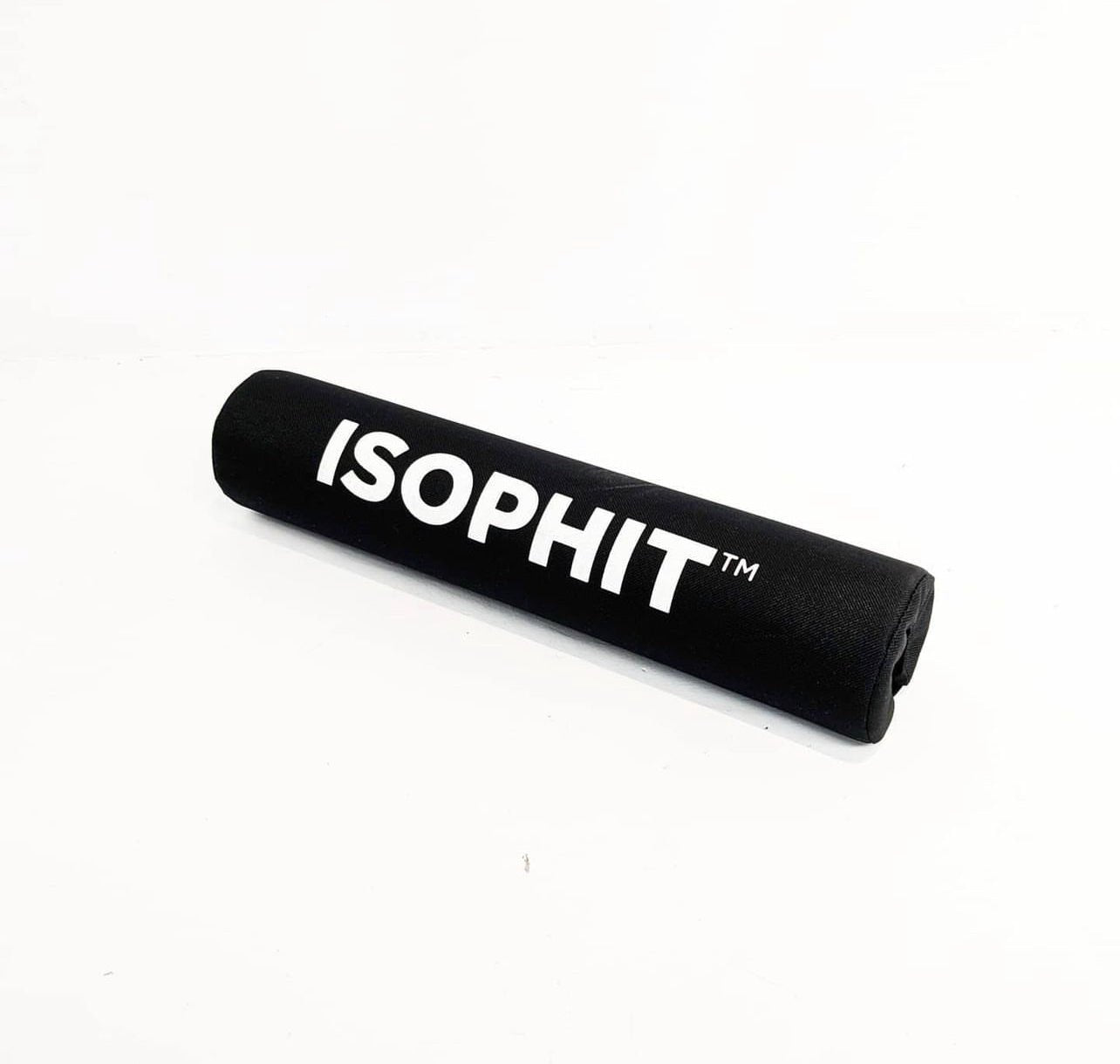
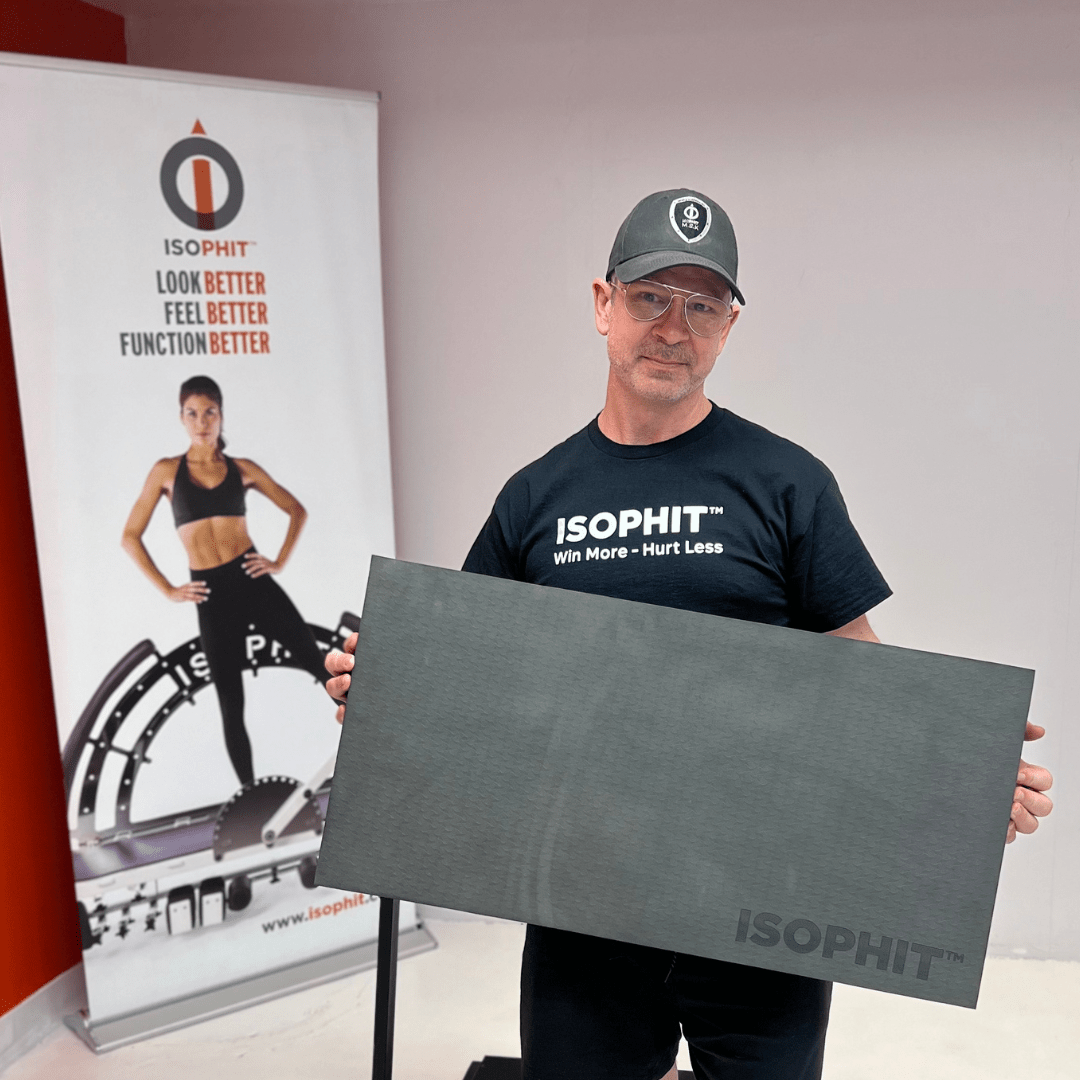
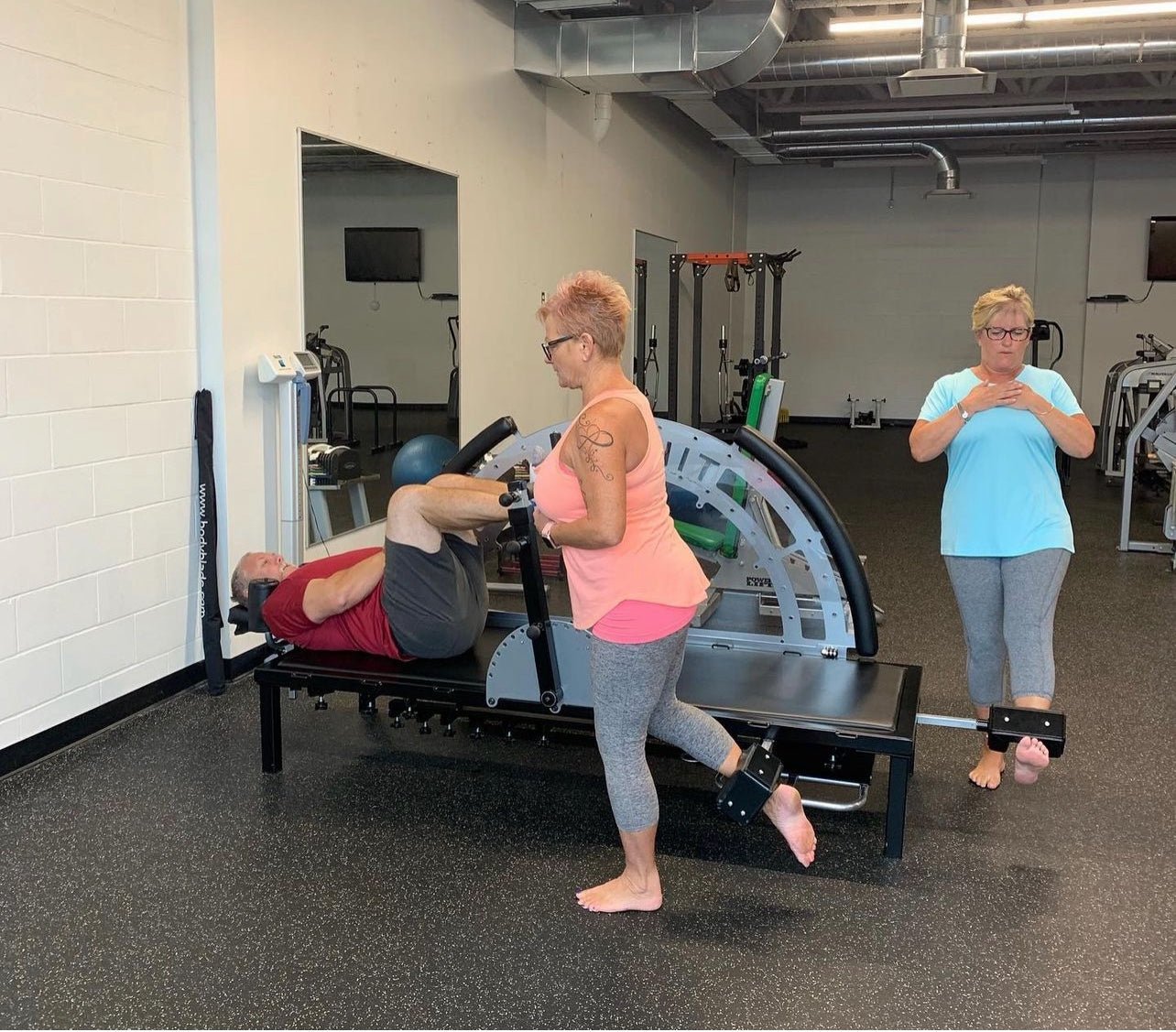

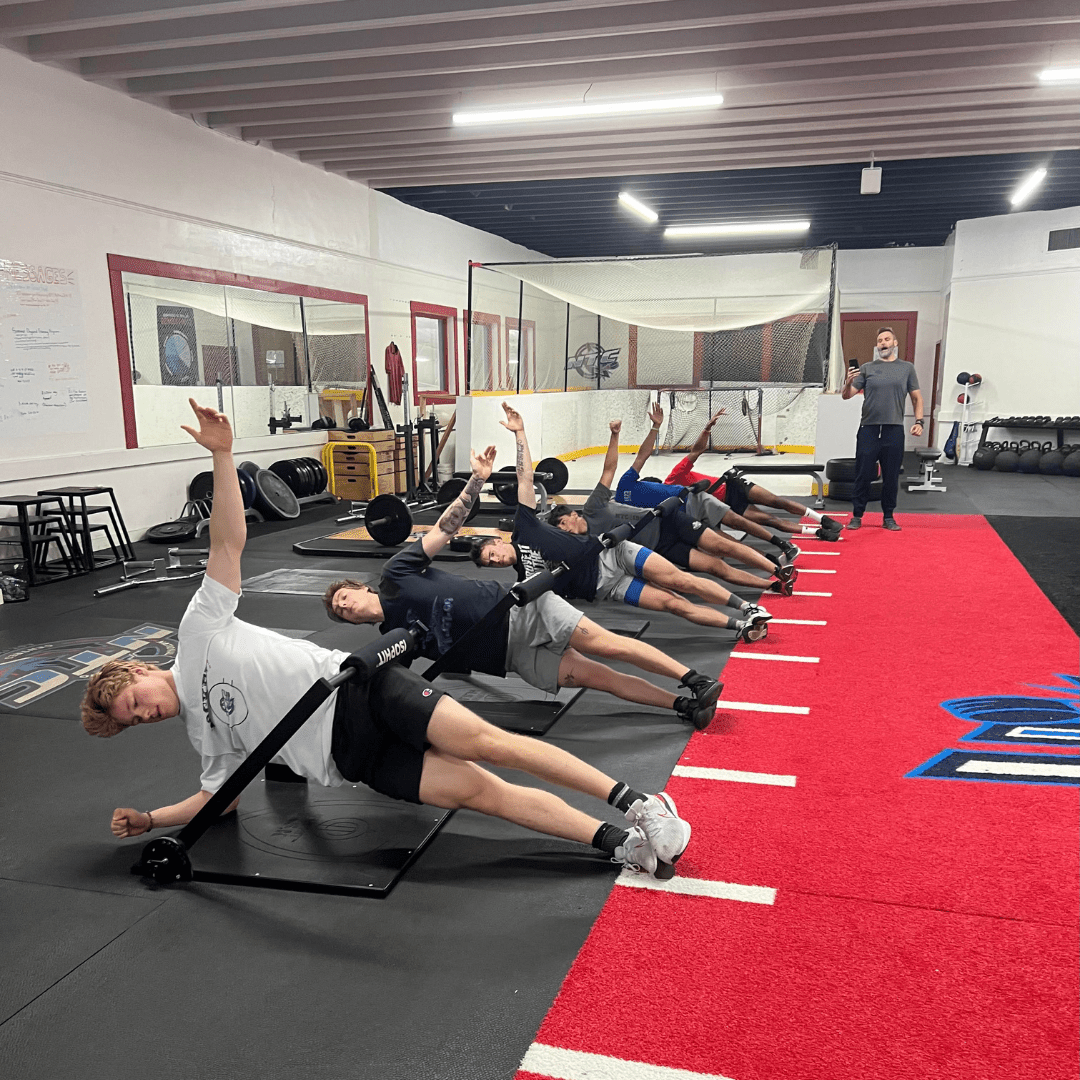
Share:
Isophit: Swing Batter Batter Swing.
Isophit: Poor Isometric Strength Directly Linked to ACL Injury Risk in Athletes.